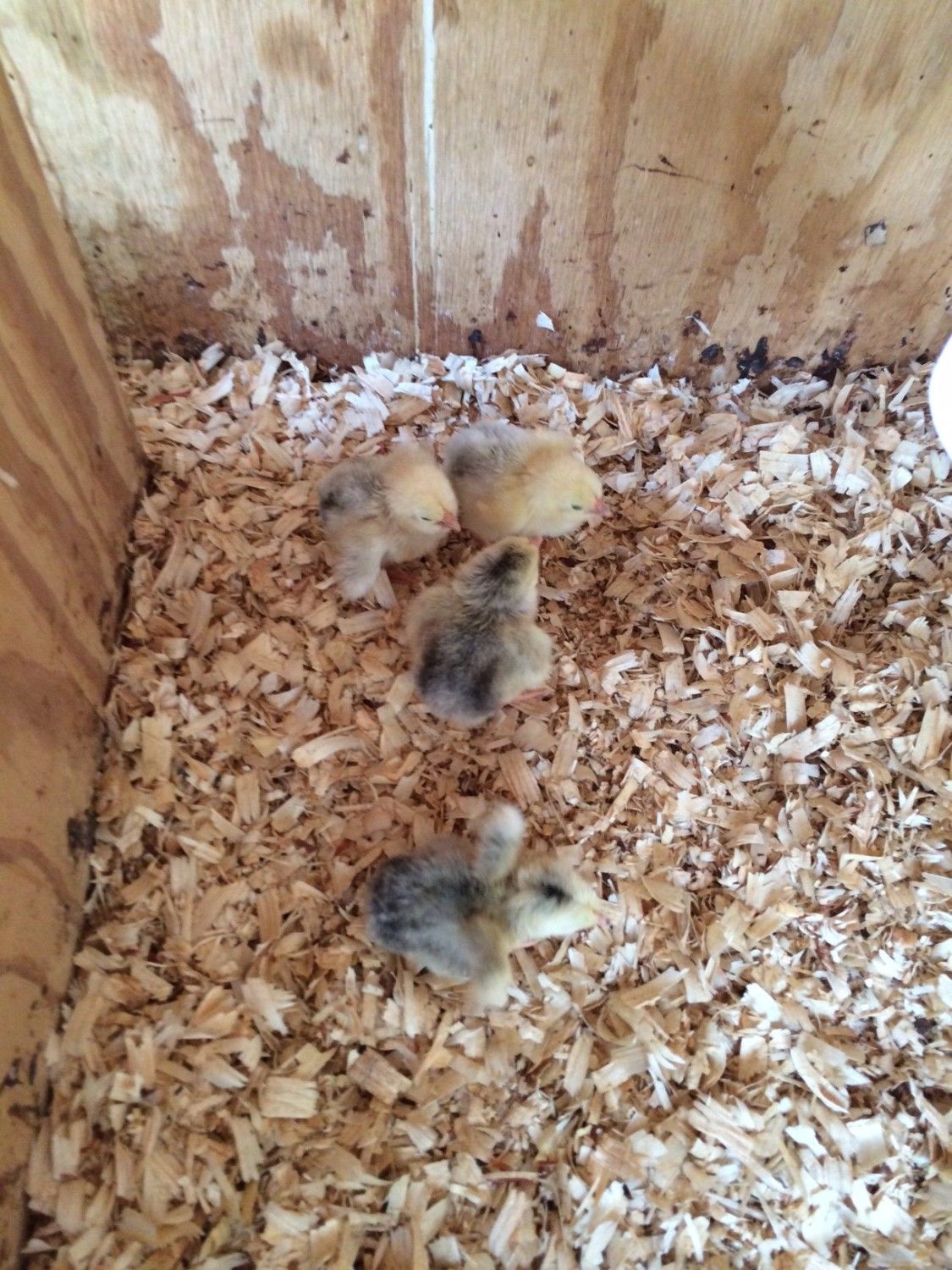Ok, here are the first chix of 2014. After church, one of the 6 had "passed" and a second one looks very weak and is still in the hatcher
These 4 come from 2 breeding pens
The one in the foreground (somewhat alone) is from my "Bigfoot" hen covered by Jack, the sire of 2013 hatches (this is a control breeding to mimic last yr results)
The other 3 (grouped together) are from pullet #23 and Jack. The pullet is one of Jack's daughters from last yr. She has a slightly high tail, hoping to improve male tails from her and also improve the female lacing from the color carried by the sire


These 4 come from 2 breeding pens
The one in the foreground (somewhat alone) is from my "Bigfoot" hen covered by Jack, the sire of 2013 hatches (this is a control breeding to mimic last yr results)
The other 3 (grouped together) are from pullet #23 and Jack. The pullet is one of Jack's daughters from last yr. She has a slightly high tail, hoping to improve male tails from her and also improve the female lacing from the color carried by the sire



